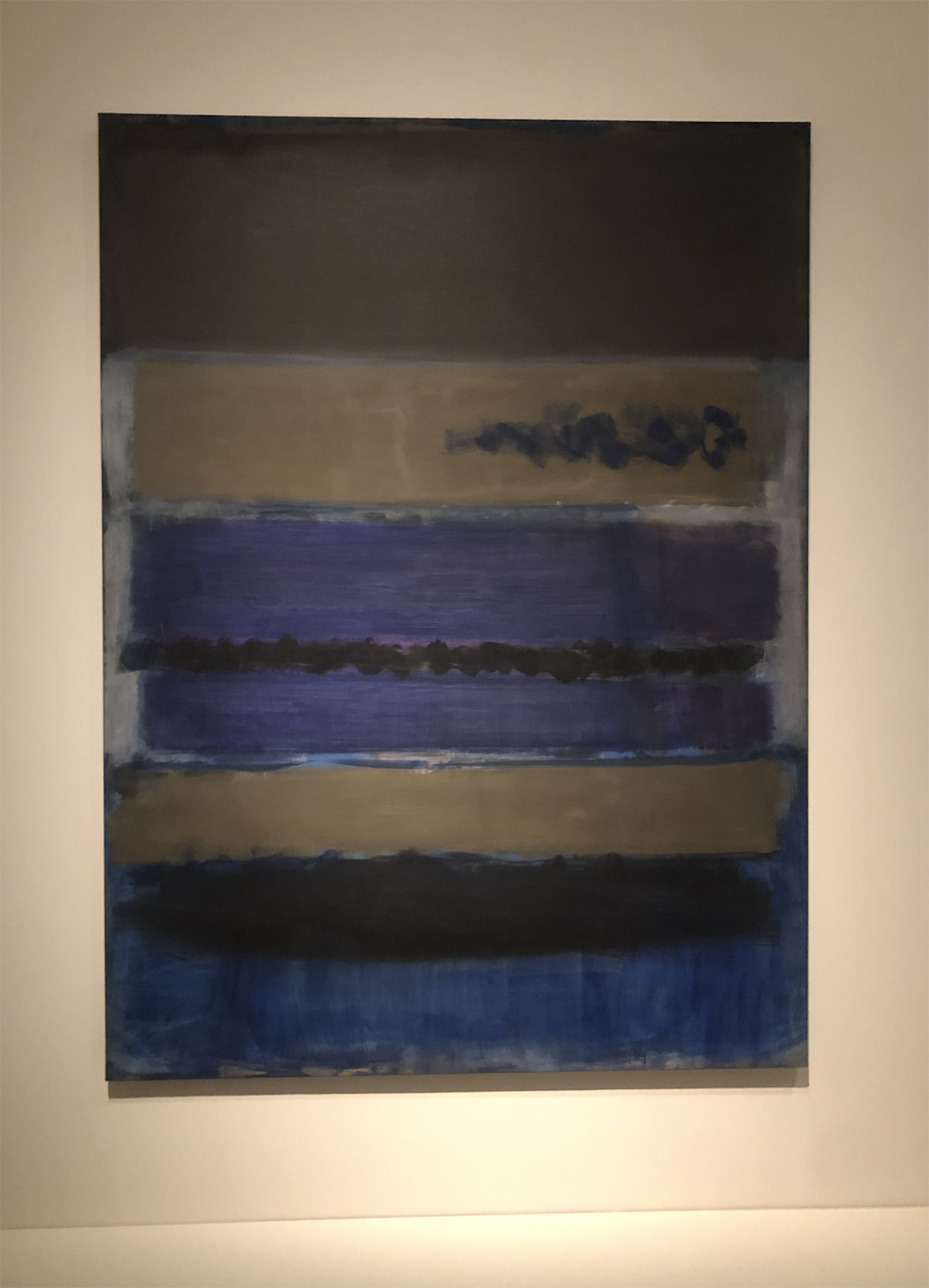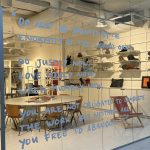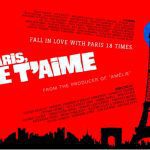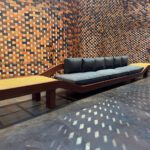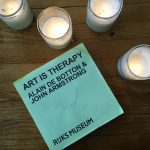Mark Rothko has always been one of my favourite artists. At the Stedelijk Amsterdam, I first saw his painting Untitled (Umber, Blue, Umber, Brown). As I sat in front of it, I wondered: Is this art? Do I even like it? Art, after all, is subjective—it stirs something different in each viewer: serenity, awe, introspection. Rothko’s work had a quiet simplicity yet maximal energy. It felt meditative.
Fast forward to today, and the Fondation Louis Vuitton in Paris has unveiled one of the most significant Rothko retrospectives ever staged. Life is Architecture presents over 115 works, including pieces on loan from world-class institutions like London’s Tate and the National Gallery of Art in Washington, D.C. A rare chance to immerse oneself in Rothko’s world, tracing his creative journey from early figurative works to the vast, absorbing fields of colour that redefined modern art.
Together with a friend, I experienced the show in reverse. We began with Rothko’s later works—his moody, deeply layered compositions—before moving back in time. At first, the darker hues felt weighty, dense. As we walked through the exhibition, his earlier works, filled with light and movement, shifted my perspective. The journey backward made his evolution even more striking.
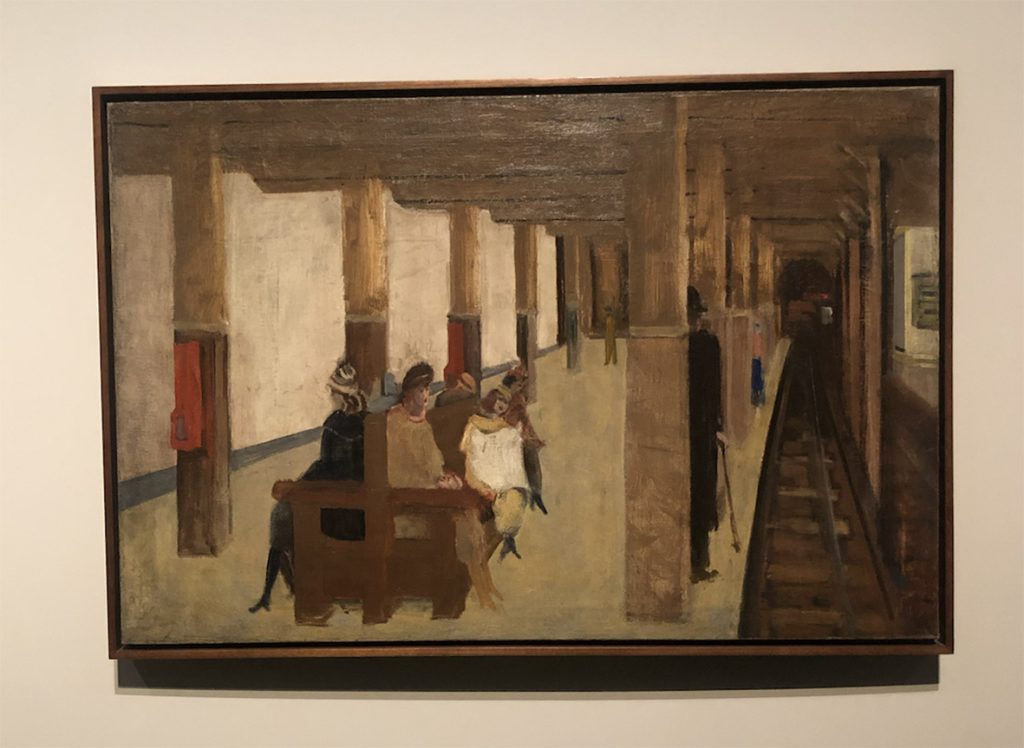
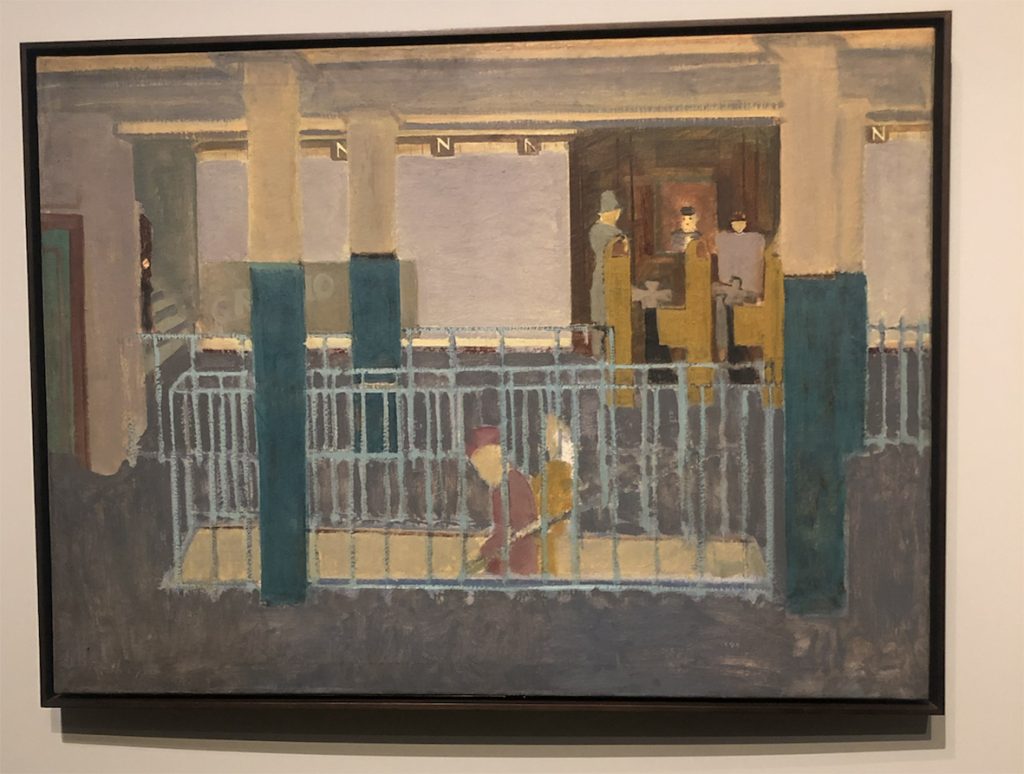
From Subway Scenes to Ethereal Abstraction
Before Rothko became synonymous with luminous rectangles and saturated colour fields, his paintings were rooted in city life. In the 1930s, he captured urban landscapes, particularly the New York subway—anonymous figures, shadowy platforms, flickering artificial light. Even then, there were hints of what was to come: a focus on form and space, an interest in the intangible.
One standout piece, No. 21 (1949), bridges these two worlds. It’s one of his earliest “multiforms,” where soft-edged rectangles hover in warm hues of yellow, red, and ochre. The structure is looser, more intuitive—his transition into full abstraction beginning to take shape.
By the 1950s and 1960s, Rothko’s palette deepened—burgundy, ochre, darker blues—imbued with a quiet, almost hypnotic intensity. His canvases became places of contemplation, drawing viewers into their layered depths. His work was no longer about what he saw, but what he felt. Standing before one of these large-scale abstracts is almost spiritual.
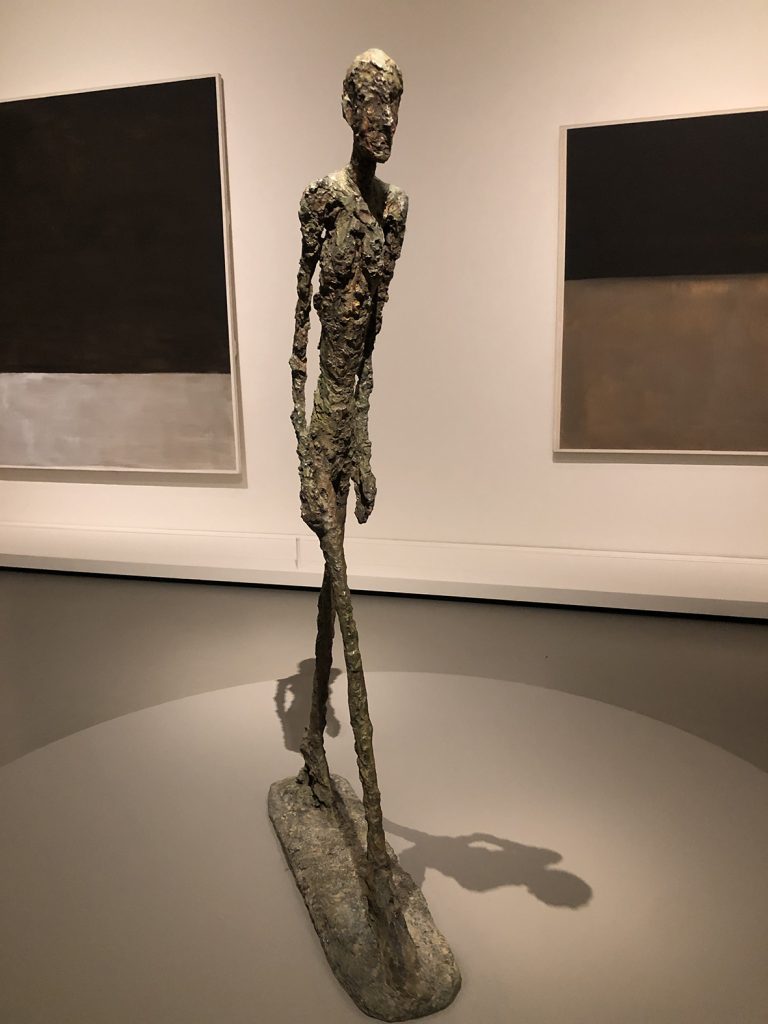
Rothko and Giacometti: A Striking Dialogue
One of the exhibition’s most unexpected moments is the pairing of Rothko’s paintings with Alberto Giacometti’s slender, fragile sculptures. In the Fondation’s tallest gallery space, their works seem to be in silent conversation. One is all about presence, the other about absence, yet both distil something essential about the human condition.
This retrospective is an invitation into Rothko’s world—where each canvas reveals its own quiet rhythm, and every brushstroke carries an emotional pulse. And after the exhibition, it was time for wine and dessert.
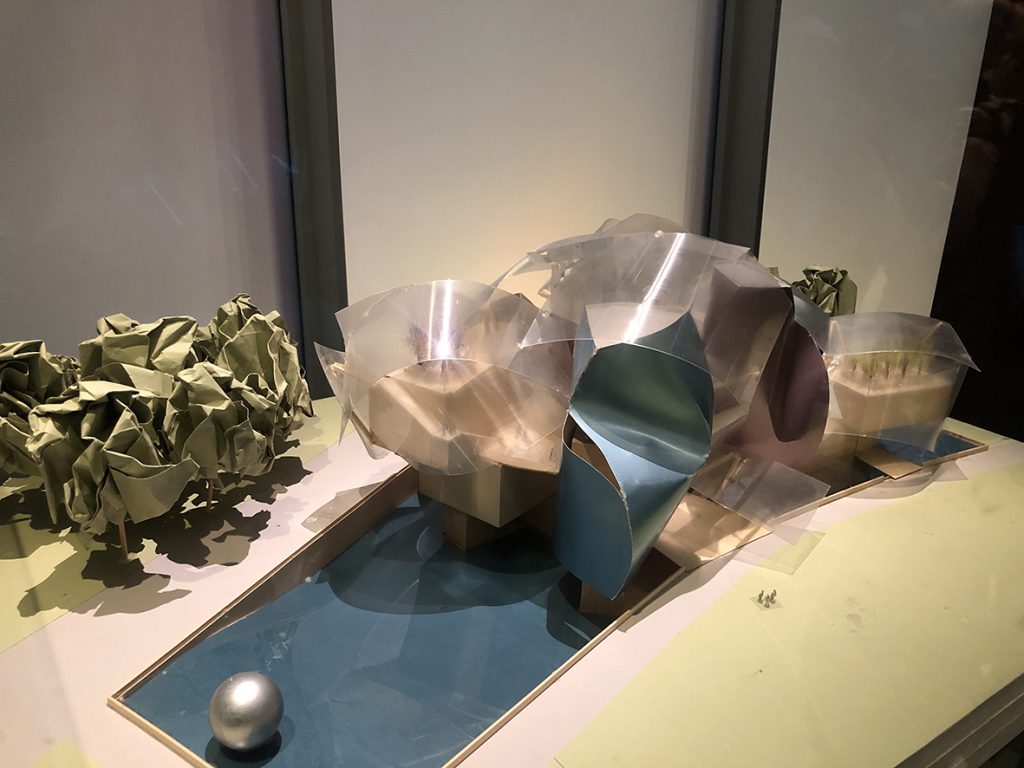
Exhibition Details
- Mark Rothko: Life is Architecture
- On view from 18 October 2023 to 2 April 2024 at Fondation Louis Vuitton, Paris
- For more information, visit: fondationlouisvuitton.fr
All images are taken by writer in Fondation Louis Vuitton Paris
